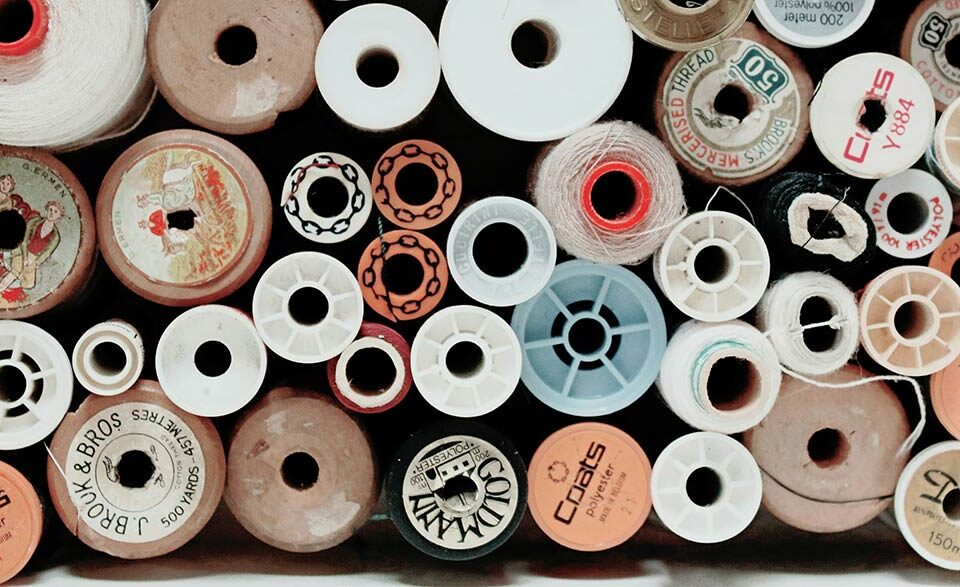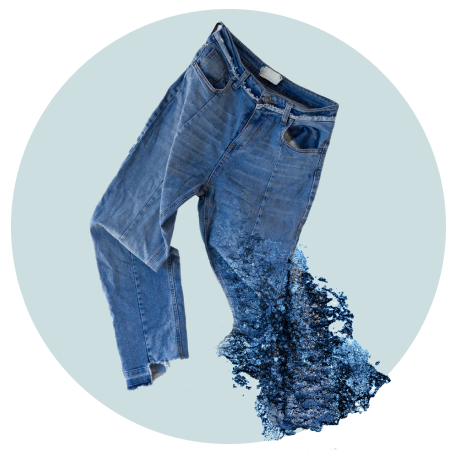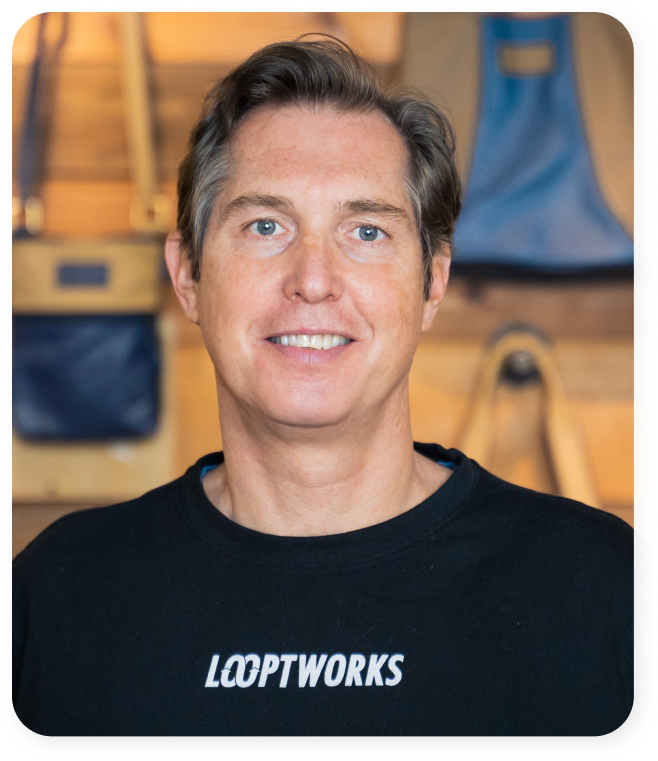

The Benefits of Fiber-to-Fiber Recycling: Paving the Way for a Sustainable Textile Industry
In an era where sustainability is no longer a choice but a necessity, fiber-to-fiber recycling is emerging as a transformative practice within the textile industry. Turning old fabrics into new fibers offers numerous environmental and economic benefits, making it a cornerstone of the circular economy.
Environmental Impact
One of the most significant advantages of fiber-to-fiber recycling is its potential to drastically reduce the textile industry’s environmental footprint. Traditional textile production is resource-intensive, involving vast amounts of water, energy, and chemicals. Recycling fibers directly addresses these concerns by minimizing the need for virgin materials, conserving natural resources and reducing pollution.
Moreover, this recycling method plays a crucial role in combating the growing issue of textile waste. Every year, millions of tons of clothing are discarded, often ending up in landfills or incinerated. Fiber-to-fiber recycling not only diverts waste from these destinations but also ensures that valuable materials remain in circulation, reducing the strain on landfills and lowering greenhouse gas emissions associated with waste management.
Economic Advantages
Beyond its environmental benefits, fiber-to-fiber recycling presents substantial economic opportunities. As consumer demand for sustainable products continues to rise, brands that incorporate recycled fibers into their products can tap into a growing market. Additionally, this approach helps companies reduce their reliance on volatile raw material markets, potentially lowering production costs in the long term.
Enhancing Circularity in the Fashion Industry
Fiber-to-fiber recycling is a critical component of the broader circular economy framework. This approach aligns with the principles of keeping products and materials in use for as long as possible, designing out waste, and regenerating natural systems. By closing the loop on textile production, fibers are recycled into new materials, which supports a more sustainable fashion industry, where clothing is designed to be recycled and reused rather than disposed of after a few uses.
The shift towards circular fashion benefits the environment and meets the growing consumer demand for ethical and eco-friendly products. Brands that embrace fiber-to-fiber recycling can enhance their reputation and loyalty among increasingly conscious consumers.
Conclusion
Fiber-to-fiber recycling is not just a trend but a necessary evolution for the textile industry. This practice can revolutionize how we think about and interact with textiles by reducing environmental impact, creating economic opportunities, and advancing circularity. As more companies and consumers recognize the value of recycling fibers, we move closer to a future where fashion is genuinely sustainable.
For further reading on fiber-to-fiber recycling and its impact on the textile industry, you can explore the Ellen MacArthur Foundation and Textile Exchange resources, which provide in-depth insights and case studies on this topic.
We’d love to hear from you!


Denine has over 20 years of experience driving new business opportunities for leading companies, including E.I. DuPont de Nemours & Company, Inc., The Dow Chemical Company, Outlast Technologies, and DST Systems. She holds a BS from the University of Pittsburgh and a Certification in Executive Management from the Kenan-Flagler School of Business at the University of North Carolina at Chapel Hill.

Tami is a senior accounting leader with over 16 years of experience in the manufacturing and textile industry. Her specialties include process development and implementation, mergers and acquisitions, job and project costing and analysis, and managing complex teams and technical projects. Tami has served as Chief Financial Officer and Controller for a variety of innovative companies, where her analytical skills and strategic mindset helped organizations create efficiencies in their financial systems.

Kelley is a passionate and strategically minded business development leader with more than two decades of experience in the sporting goods apparel industry. He has experience in product construction, league partnerships, retail relationships, supply chain management, sustainability, circularity, and carbon footprint management. Kelley builds successful partnerships by putting the customer first while simultaneously advancing his organization’s business objectives.

Suzy is a product leader and operations expert with more than 25 years of experience in the textile industry. She is passionate about finding creative solutions to complex problems and motivating people to action through vision, strategy, collaboration, and communication. Suzy has proven expertise in product development, sustainability, marketing, supply chains, and innovating processes and best practices to drive results.

Scott is a visionary leader with more than 32 years of experience in strategic branding, innovative product creation, supply chain sustainability, and sales and marketing for global organizations. He founded Looptworks in 2009 as an industry solution for turning excess materials into upcycled consumer products. In 2022, Scott transitioned the company to a B2B business model focused on eliminating global textile waste through closed-loop solutions.

Scott is a visionary leader with more than 32 years of experience in strategic branding, innovative product creation, supply chain sustainability, and sales and marketing for global organizations. He founded Looptworks in 2009 as an industry solution for turning excess materials into upcycled consumer products. In 2022, Scott transitioned the company to a B2B business model focused on eliminating global textile waste through closed-loop solutions.